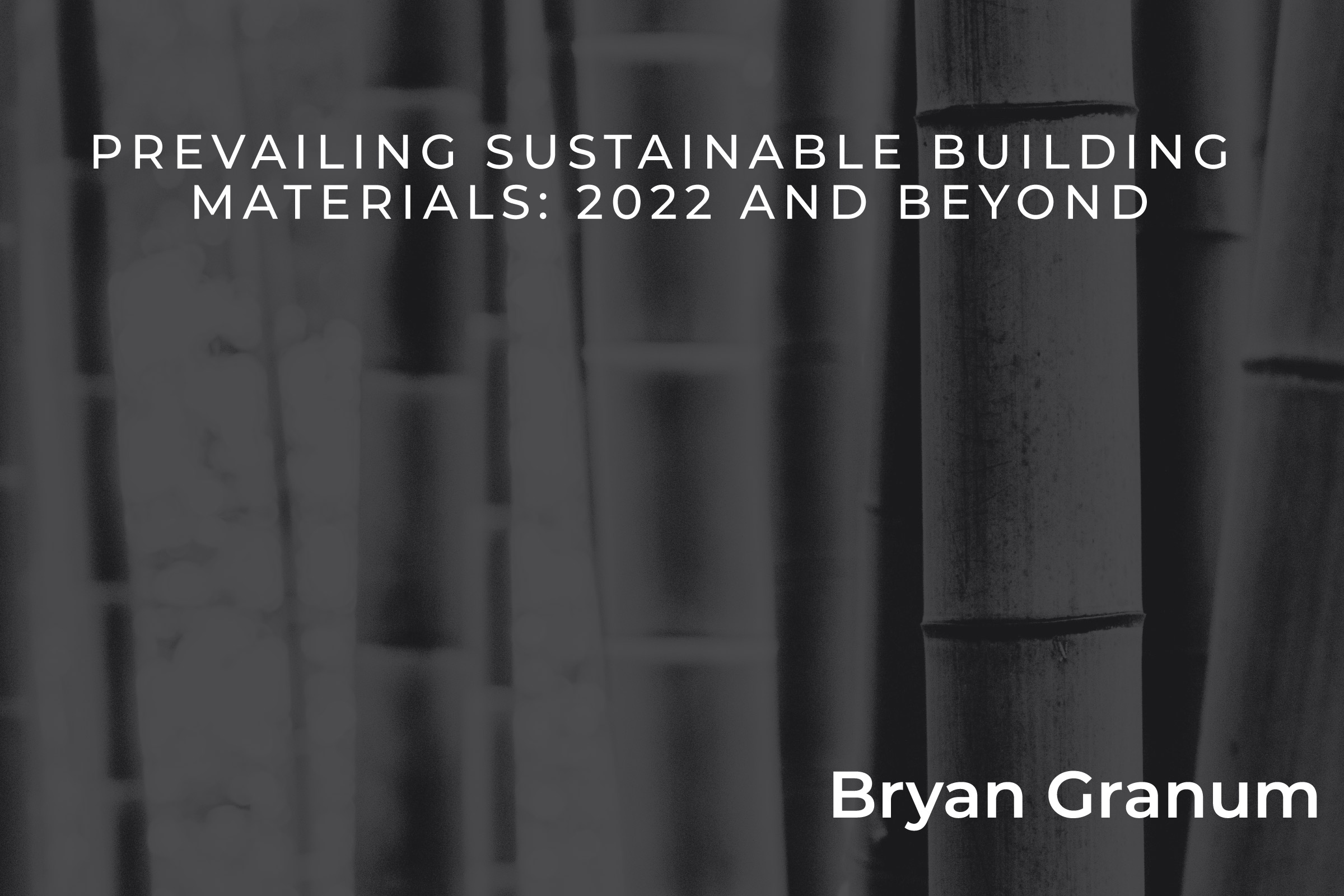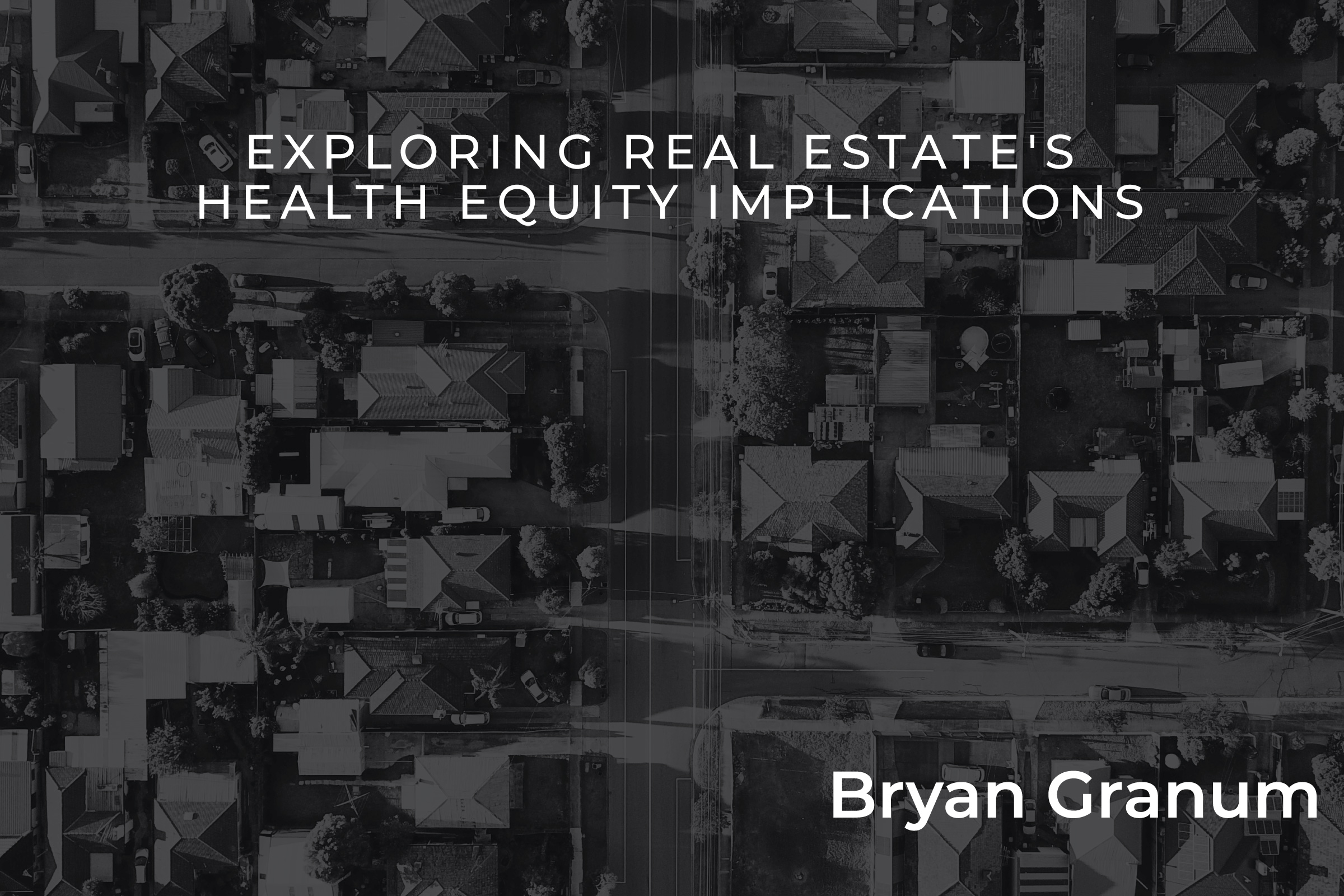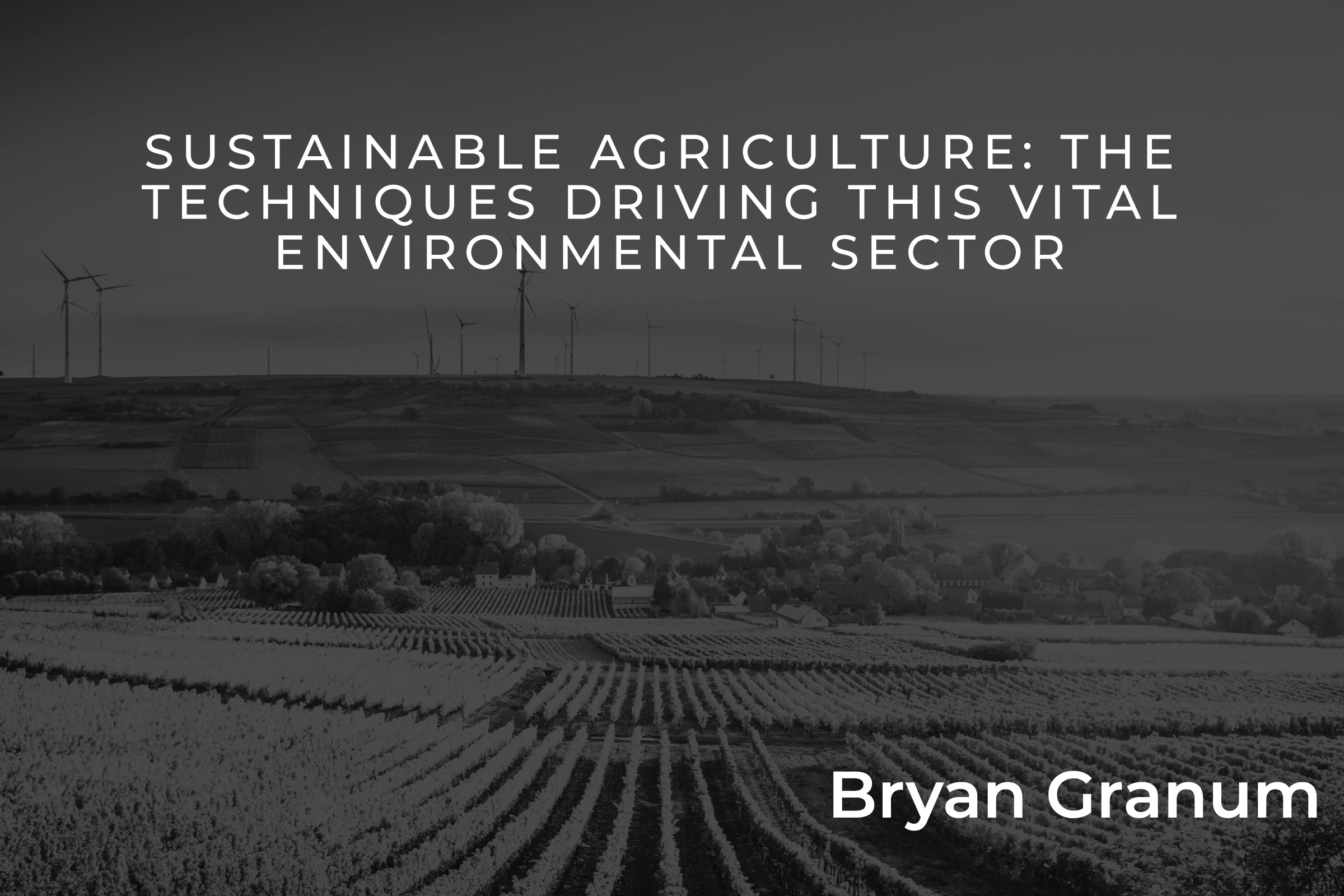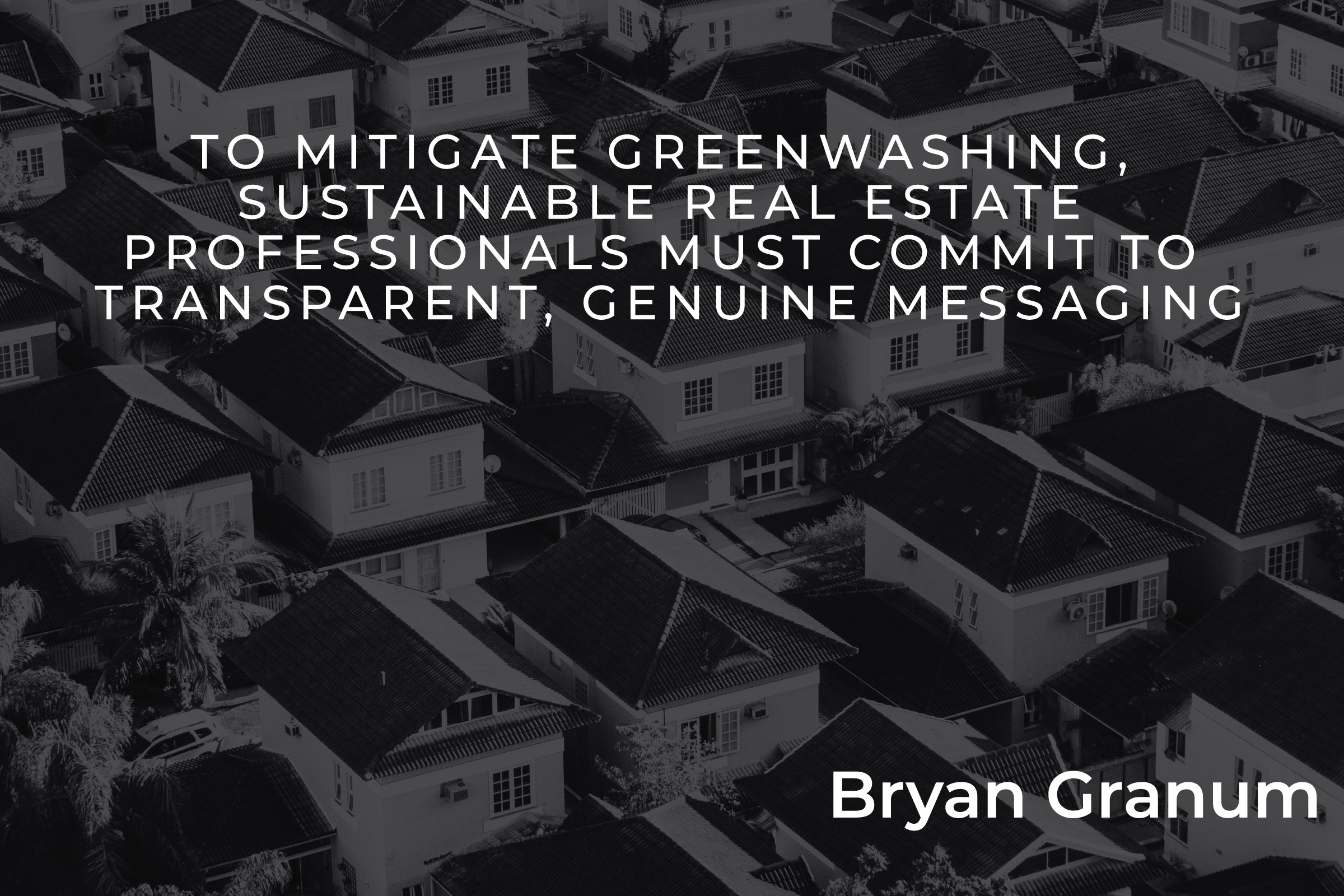As the world becomes increasingly open to environmentally-friendly practices, many leading industries have uprooted longstanding ideologies to highlight sustainable alternatives and reduce their carbon footprint. Perhaps the most notable example of this change is construction, an industry that produced roughly 39 percent of the world’s energy- and process-related carbon dioxide emissions in 2018 alone.
Luckily, in recent decades, the field has witnessed a crucial sea change, gradually becoming more sustainable despite a myriad of “conflicting goals and complex challenges –” and sustainable building materials are leading the way. By utilizing these materials for a growing list of purposes, the construction field can help create a more sustainable infrastructure comprised of green-focused real estate.
Here are a few notable sustainable building materials to watch in 2022 and beyond.
Bamboo
Bamboo’s fast-growing nature and comparative durability make it an efficient, dependable alternative to less-sustainable wood materials. What’s more, the material is easy to implement, essentially acting the same as other woods without the need for specialized installation tactics. Bamboo is quickly becoming used for various building purposes, including flooring, cabinets, and countertops — and thanks to the material’s rapid growth rate and high CO2 absorption characteristics, the bamboo market presents a major opportunity for the environment at large.
Adobe
Though the word “adobe” is now commonly associated with a famous computer software company, it fundamentally refers to a type of clay known for its impressive sustainable building implications. Adobe is one of the oldest green construction substances; it functions as a thermal, malleable alternative to invasive, high-energy materials, boosting a home’s thermal mass and offering heating via daily solar absorption. What’s more, the clay is often formed into desirable building shapes on-site, reducing dependability on materials warranting industrial, emission-heavy production cycles.
Eco-friendly Insulation
Like adobe, eco-friendly insulation materials provide an organic, healthy alternative to traditional insulation options like fiberglass and polystyrene, which rely on fossil fuel-derived plastics and other potentially harmful chemicals. There is a wide range of materials used for green insulation purposes, including sheep’s wool (renewable, recyclable, and free of drawn-out processing), cork (harvested of carbon-negative practices), and cellulose (a product of tree material, often composed of about 80 percent post-consumer newspaper).
Green Roofing
Sustainable construction entities have gotten increasingly creative with alternative roofing materials, implementing a variety of prevailing roofing methods into their green layouts. These materials currently range from slate and clay tiles to wood shakes and asphalt – all of which offer some degree of sustainability through their manufacturing means and long-term durability.
3D-Printed Concrete
The last few years have seen 3D printing technology leap forward in practicality and viability – especially in real estate and construction, where it stands to revolutionize aspects of sustainable building. One such application is the 3D printing of otherwise unsustainable building materials – namely, concrete, a major contributor to construction’s broader sustainability problem. By 3D printing concrete, construction companies are able to streamline building times, lower materials consumption, and reduce waste usually stemming from traditional concrete manufacturing. These changes allow for a more efficient, less intrusive building process.
Smart Glass
Energy-efficient glass production is hardly a new concept, but in recent years, it has gained momentum as a widespread solution within sustainable construction. The so-called smart glass market is comprised of five specific technological facets: thermochromism, photochromism, electrochromism, liquid crystal, and a variety of suspended particles – which offer a range of eco-friendly properties, including, namely, automatic temperature adjustment. Smart glass lessens the interior heating and cooling load often imposed on building systems, which can lead to a reduction in energy consumption over time. By eliminating major energy and window shade costs and streamlining building system requirements, the smart glass market is likely to become a competitive new norm, with current analyses projecting the market to grow to USD 8.2 billion by 2027.
Solar Panels
Another long-standing green building asset, solar panels have evolved quite a bit in recent years, becoming more universally accepted and aesthetically pleasing. Structures equipped with solar power apparatuses enjoy both lower electricity bills and lower energy consumption, with panels providing an “inherently more sustainable alternative to fossil fuel energy sources.” The sun is perhaps the embodiment of sustainability, offering endless energy without a perceivable lack of future quality or availability, and this makes solar panels literally infinite in their green contributions. Finally, the solar technology market is still innovating itself to be even more sustainable, reflecting the constant sense of urgency required to curb the environmental crisis at large.




